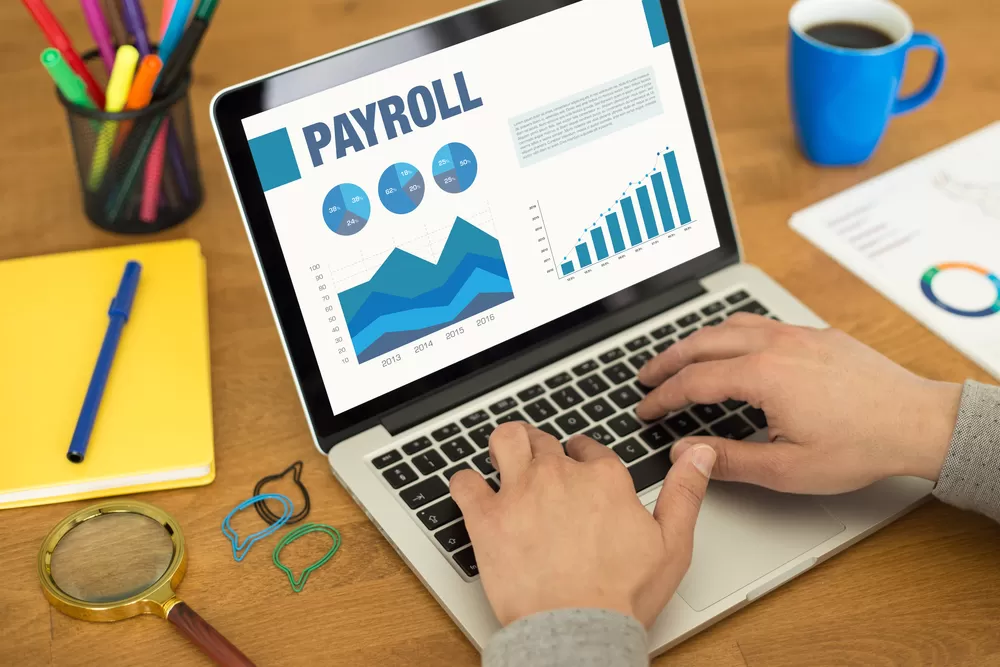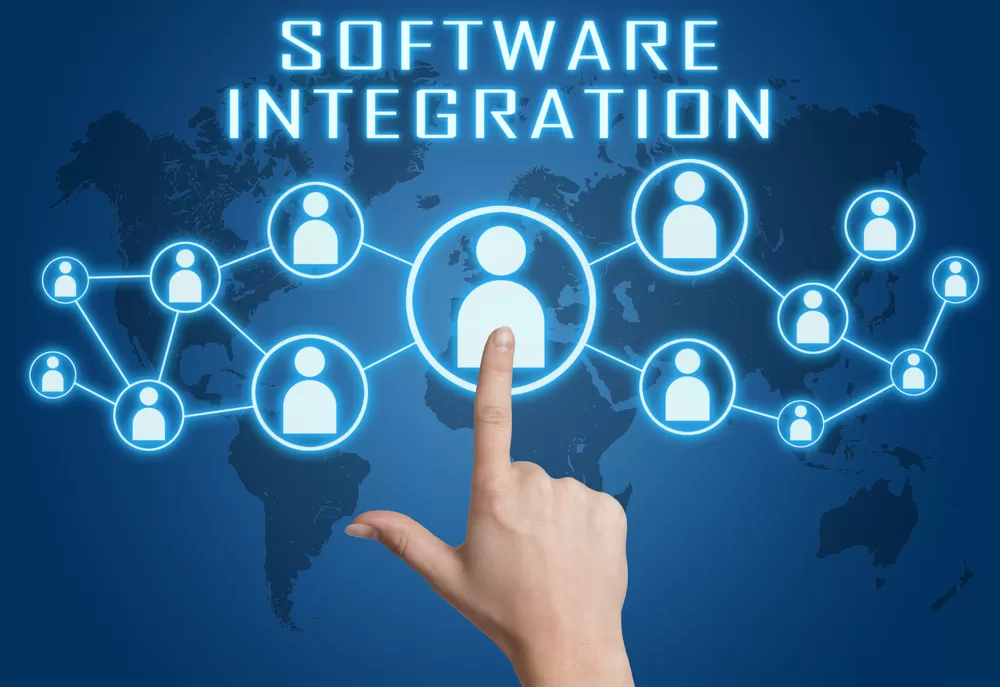Human Resources departments ensure that everyone at the company experiences a pleasant, professional, and productive environment in the workplace. But HR departments also deserve the same. But who runs HR for the HR department? That’s where HRIS software comes in.
HRIS stands for Human Resource Information Systems and having the right HRIS can make a difference to the efficiency of a Human Resources department. In reality, however, HRIS can have some pain points. HR software challenges can make the jobs of HR departments even more difficult.
Fortunately, we have some solutions for some of the most common HRIS pain points. Once you know the HRIS software mistakes you want to avoid, check out our website to find the right HRIS for your company.
1. Lack of Accessibility
Those who regularly interact with the software cannot access it in many cases. IT has control over software in most companies rather than HR. However, in the case of human resources, HR needs to have regular access to and control over the software. Otherwise, there can be inconsistencies and irregularities. This is considered one of the biggest human resource challenges.
HRIS can help with this issue by connecting technology with human resources. There may have to be some discussion between departments to make sure that everyone is aware of the needs of each department. But HRIS can keep everything in one convenient place and give HR access to all necessary information and software.
2. Issues of Automation
Automation issues can mean a lack of automation or automation that’s too rigid to work within company processes. Proper automation can help HR departments do their jobs more efficiently. Automation allows for frequently asked questions to get answered in real-time without requiring an HR employee to answer in person, which can consume too much time.
With a sound automation system, employees can feel like their needs are being heard without taking away from the other work required of HR. The right HRIS can help with these automation issues and make the whole process more efficient.
3. Desynchronized Data/Information
Do you have separate systems for recruiting, talent management, master data management, etc.? Having different systems for everything often makes integrations and data analysis difficult, if not impossible. It can result in a lack of visibility and a lengthy process to enter the same information into multiple systems.
Having the correct HRIS for your needs helps to keep you organized and efficient. When you don’t have to input the same information numerous times, it ensures that your information is consistent and accurate. Synchronized data also helps with compliance.
Are you curious if your company is better off using separate systems or an all-in-one system? Give this post a look.
4. Rigid HRIS Features or Reporting
When the HRIS features or reporting are too rigid, it can create a lack of visibility. It’s important to have features and reporting options that clearly show the required data. Visibility is critical in the modern world, and proper analytics are a must.
An adequately integrated HRIS can supply you with real-time metrics. The HRIS that you choose needs to help you give visibility to the rest of your company. HR departments should be able to provide the necessary metrics and reports when requested. Your HRIS should be able to match that need and give you the features and reporting you require.
5. Time-Consuming Tasks or Operations
Setting up new tasks or operations is not always user-friendly or could just take a lot of resources to complete. Manual data entry and keeping track of all the different spreadsheets where the data can be found can be time-consuming and inefficient. Even more time-consuming is the effort it takes to compile a report from all of that manually entered data.
An HRIS can automate a number of the needed HR tasks. Spreadsheets aren’t always compatible with systems, and manually entered data can be scattered. Having the right HRIS for your company can help with fundamental analysis, and can automate systems for time-consuming tasks like payroll, recruiting, or 401k.
6. Limited Feature Set
The system already in place may have a limited feature set or have features that aren’t fit for the needs of your business. This can create significant problems for your HR department. Without the needed components, the required work is challenging to accomplish.
In these cases, it can be beneficial to switch the HRIS you have for an HRIS that will align better with your goals. There are plenty of HRIS options out there, and it is always possible to make a change that will benefit your company.
If you want to know more about HRIS implementation challenges, look at our article. Our software match tool is a significant next step when you’ve decided that you need new software options that more closely match your company’s needs.












